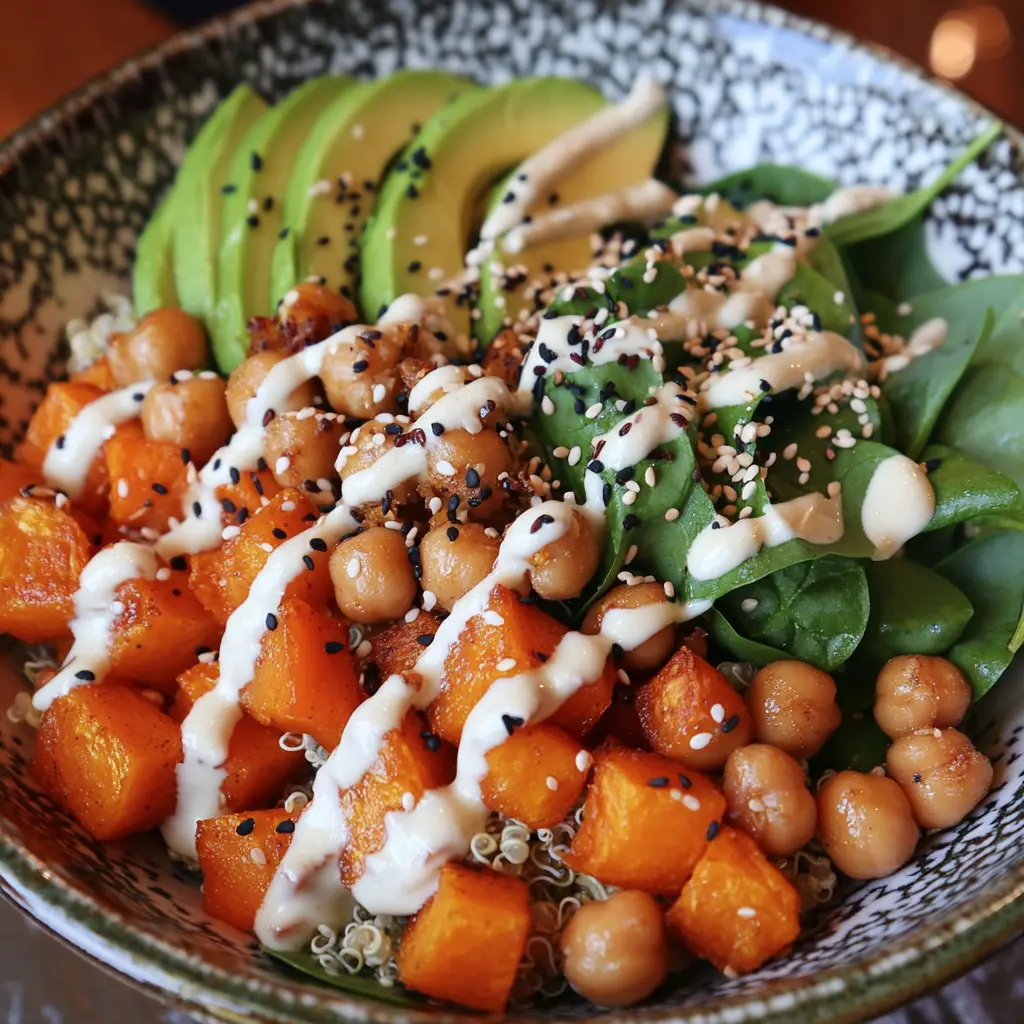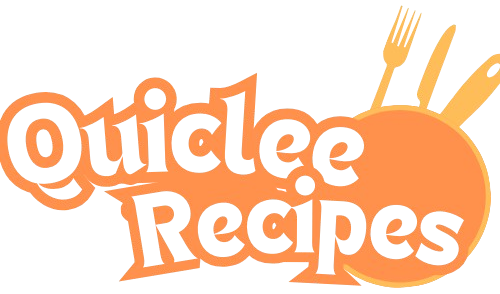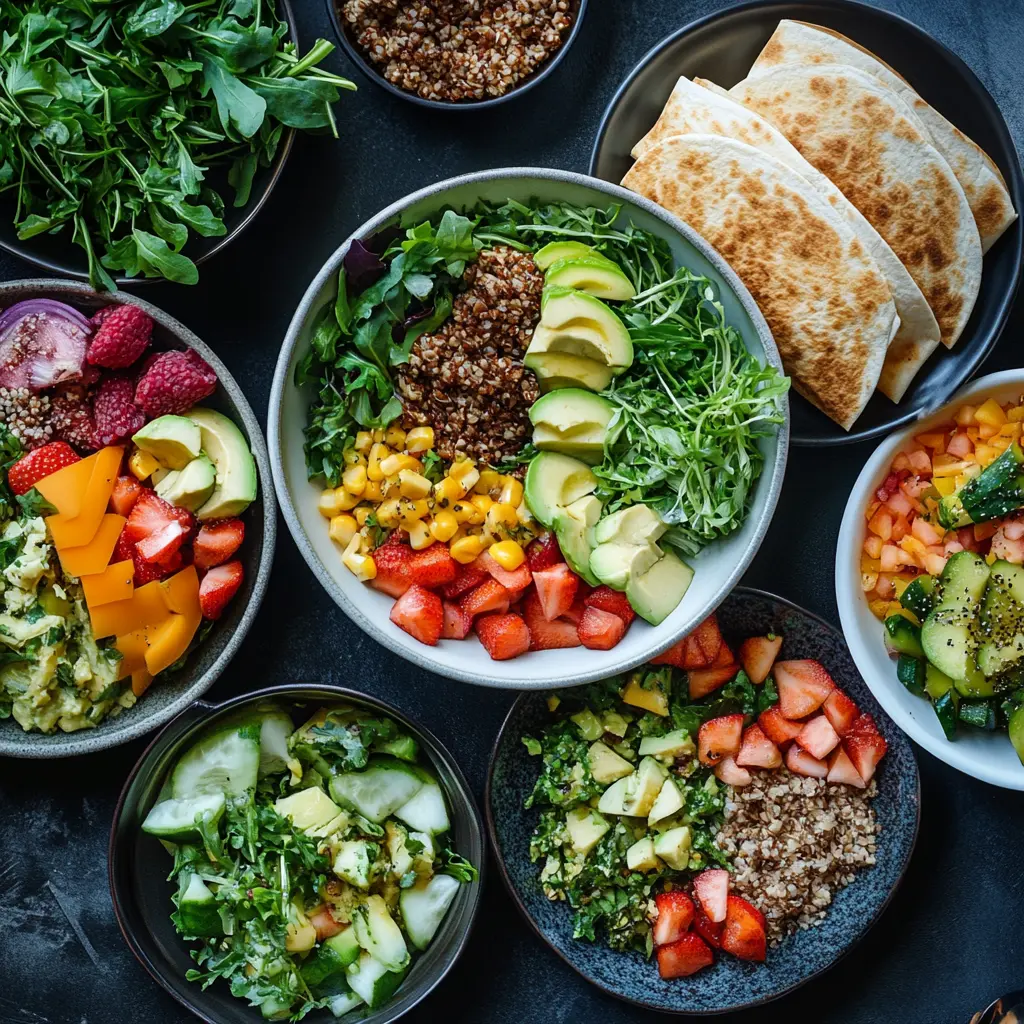Lunch is more than just a meal; it’s the bridge that fuels us through the day, keeping our energy steady and our minds sharp. But deciding what foods to eat for lunch can be a challenge, especially when balancing nutrition, taste, and convenience. Whether you’re looking for a quick sandwich, a hearty soup, or something that checks all the health boxes, this guide explores it all. Let’s dive into the wonderful world of lunch foods, starting with their cultural and functional significance.
Part 1: Introduction to Lunch Foods
Definition and Importance of Lunch
Lunch, often referred to as the midday meal, plays a vital role in recharging our bodies and minds. It serves as a nutritional reset, providing energy after the morning hustle and preparing us for the rest of the day. Skipping lunch or choosing unhealthy options can leave you sluggish and unproductive.
For many, lunch is also a time to gather and connect with family, friends, or colleagues. Whether you’re at home, at work, or on the go, having a thoughtfully prepared lunch can elevate your day.
Cultural Variations in Lunch Traditions
Around the globe, lunch traditions reflect the diversity of culinary practices. In Italy, for example, pasta and fresh salads are lunchtime staples, while in Japan, a bento box filled with rice, vegetables, and proteins is the norm. Across India, a thali offers a variety of dishes that cater to different tastes in one meal.
These cultural practices showcase how lunch is more than just sustenance; it’s a reflection of heritage and lifestyle. Exploring such traditions can inspire you to spice up your own lunch routine, making it both exciting and wholesome.
Part 2: Categories of Lunch Foods
Lunch options come in all shapes, sizes, and flavors. Depending on your mood, lifestyle, and dietary needs, there’s a vast array of lunch foods to choose from. Here, we’ll explore some popular categories that suit various preferences and occasions.
Sandwiches and Wraps
When it comes to lunch, sandwiches and wraps are timeless classics. They’re portable, easy to make, and endlessly customizable. From hearty meat fillings to plant-based options, there’s a sandwich for everyone.
- Classic Options: Think turkey and avocado sandwiches or peanut butter with banana for a sweet twist.
- Healthier Choices: Opt for whole-grain bread, lean proteins, and plenty of veggies like lettuce, tomatoes, and cucumbers.
- Wrap Innovations: Swap the bread for whole-grain or spinach wraps and fill them with hummus, grilled chicken, or roasted veggies for a fresh, modern twist.
Pro tip: Spread a thin layer of mustard or mashed avocado instead of mayo for fewer calories without sacrificing flavor.
Salads
Salads are synonymous with healthy eating, but they’re far from boring. A well-crafted salad can be a vibrant, filling meal packed with nutrients and flavor.
- Green Salads: Combine leafy greens like spinach, kale, or arugula with fresh fruits, nuts, and a tangy vinaigrette.
- Protein-Packed Options: Add grilled chicken, boiled eggs, chickpeas, or tofu for a protein boost.
- Grain-Based Salads: Quinoa, farro, and bulgur make excellent bases for salads, adding texture and heartiness.
You can experiment with dressings—lemon-tahini, balsamic vinaigrette, or yogurt-based options add a creamy touch while staying healthy.
Soups and Stews
For those chilly afternoons or when you crave something comforting, soups and stews are fantastic choices. They’re easy to prepare in large batches and reheat well, making them perfect for meal prep.
- Classic Soups: Tomato soup with a side of whole-grain crackers or chicken noodle soup for a light yet satisfying meal.
- Hearty Stews: Lentil stew, vegetable chili, or beef stew loaded with carrots and potatoes can keep you full for hours.
- Seasonal Choices: In the summer, cold soups like gazpacho or cucumber soup provide refreshment, while in winter, creamy squash or pumpkin soups are ideal.
Don’t forget to pair your soup with a slice of whole-grain bread or a small salad for a balanced meal.
Grain Bowls and Pasta
If you’re seeking a carb-forward lunch that doesn’t compromise on nutrition, grain bowls and pasta dishes are excellent options. They’re versatile and can be adjusted to fit any dietary preference.
- Grain Bowls: Start with a base like brown rice, quinoa, or couscous. Layer it with roasted vegetables, protein (such as grilled salmon or tempeh), and a zesty dressing.
- Pasta Varieties: Whole-wheat or chickpea pasta adds fiber and protein. Toss with fresh veggies, olive oil, garlic, and Parmesan for a quick yet satisfying dish.
- One-Pot Wonders: Cook everything in one pan to save time and enhance flavor. Think creamy mushroom risotto or veggie-packed orzo.
These dishes work well for leftovers—just prepare extra the night before and enjoy it for lunch the next day.
Specialty Diet Lunches
Catering to specific dietary needs doesn’t mean sacrificing taste or convenience. Here’s how you can tailor your lunch based on different diets:
- Vegetarian Options: Black bean burgers, stuffed bell peppers, or tofu stir-fry can satisfy without meat.
- Vegan Choices: Buddha bowls with quinoa, avocado, and tahini sauce or lentil curry with rice are nutrient-rich and filling.
- Gluten-Free Meals: Opt for lettuce wraps, rice paper rolls, or grain-free flatbreads to keep things light and gluten-free.
- Low-Carb Ideas: Cauliflower rice bowls, zucchini noodles, or a Greek salad with plenty of olives and feta.
By customizing these categories, you can turn any lunch into a meal that aligns with your health goals while still being delicious.

Why Variety Matters
The beauty of lunch lies in its variety. Sticking to one type of food can lead to mealtime monotony, making you less likely to enjoy or stick to healthy choices. Rotating through sandwiches, salads, soups, and other options not only keeps your taste buds happy but also ensures a diverse intake of nutrients.
Embrace creativity by mixing and matching categories. For instance, you could pair a small soup with half a sandwich or add a grain salad alongside your protein of choice. With a little imagination, lunch becomes not just a meal but a moment of joy in your day.
Part 3: Nutritional Considerations for Lunch
Lunch is an essential opportunity to refuel, and ensuring it’s nutritionally balanced can make a world of difference in how you feel throughout the day. By understanding how to incorporate key nutrients and food groups, you can create meals that are both delicious and wholesome.
Balancing Macronutrients
A well-rounded lunch should include all three macronutrients: carbohydrates, proteins, and fats. Each plays a unique role in keeping your body energized and satiated.
- Carbohydrates: Opt for complex carbs like quinoa, brown rice, whole-grain bread, or sweet potatoes. These provide sustained energy without causing blood sugar spikes. Avoid refined carbs such as white bread or pastries that may leave you feeling sluggish.
- Proteins: Incorporate lean proteins such as grilled chicken, fish, beans, or eggs. Plant-based options like lentils, chickpeas, and tofu are equally satisfying and nutrient-packed. Protein helps repair tissues and keeps you feeling full for longer.
- Fats: Healthy fats are vital for brain function and overall energy. Avocados, nuts, seeds, and olive oil are excellent choices to include in your lunch. Avoid trans fats often found in fried or heavily processed foods.
Incorporating Fruits and Vegetables
Fruits and vegetables are the cornerstone of a nutritious lunch. They’re rich in vitamins, minerals, fiber, and antioxidants, helping your body fight off illnesses and stay in peak condition.
- Add Color to Your Plate: Include a variety of colorful veggies like spinach, bell peppers, carrots, and broccoli. The different colors often signify unique nutrients—for instance, orange veggies like carrots are high in beta-carotene, while leafy greens are packed with iron.
- Fruit Pairings: A small fruit salad or a piece of fresh fruit, like an apple or orange, can serve as a refreshing side. Berries, grapes, and pomegranate seeds also add natural sweetness to salads or grain bowls.
Healthy Fats and Proteins
Adding healthy fats and proteins ensures your lunch is not only delicious but also helps stabilize your energy levels. Proteins build and repair tissues, while fats provide a long-lasting energy source.
- Superfood Additions: Sprinkle chia seeds or flaxseeds onto your salad or soup for a boost of omega-3 fatty acids. These healthy fats are excellent for heart and brain health.
- Proteins on the Go: Boiled eggs, grilled chicken strips, or chickpeas can easily be prepared ahead of time and added to any dish for an instant protein kick.
Portion Control and Moderation
While focusing on nutrition is important, portion sizes also matter. Overeating—even healthy foods—can lead to sluggishness or discomfort. Aim for balanced portions:
- Half your plate should consist of vegetables and fruits.
- A quarter should be lean protein.
- The remaining quarter can be whole grains or other complex carbs.
Pairing a nutrient-dense meal with proper hydration—like a glass of water or unsweetened herbal tea—completes the equation for a truly revitalizing lunch. By paying attention to these details, you can transform lunch from a quick fix into a nourishing, energy-boosting habit.
Part 4: Quick and Easy Lunch Ideas
Preparing a delicious and nutritious lunch doesn’t have to be time-consuming. With some simple strategies and a bit of planning, you can whip up meals that are both quick and satisfying. Here are some creative ideas to inspire your next midday meal.
Meal Prepping Strategies
Meal prepping is a game-changer for busy individuals. It helps you save time during the week while ensuring that you always have a healthy lunch option ready to go.
- Batch Cooking: Dedicate a couple of hours on the weekend to cook staple ingredients like grilled chicken, roasted vegetables, or grains such as quinoa and brown rice. Store them in airtight containers for easy assembly during the week.
- Mix and Match: Prepare a few versatile components—like chopped veggies, hummus, and boiled eggs—that can be combined in different ways to keep things interesting. For example, mix grains, proteins, and a fresh dressing to create a new bowl every day.
- Pre-Portion Meals: Divide meals into individual servings so you can grab and go without extra hassle. Mason jar salads or pre-packed wraps are excellent options.

Utilizing Leftovers
Transforming leftovers into a fresh, exciting lunch is an excellent way to save time and reduce food waste.
- Revamp Dinner: Leftover roasted chicken can be shredded and tossed into a salad or used as a filling for tacos. Cooked vegetables can be repurposed into a veggie-packed omelet or frittata.
- Soup Base: If you’ve got leftover roasted vegetables or cooked beans, blend them into a hearty soup. Add broth, seasonings, and a splash of cream or coconut milk for richness.
- Grain Bowls: Extra rice or quinoa from last night’s dinner can be the base for a nutritious grain bowl. Add some fresh greens, protein, and a zesty dressing for a completely new dish.
No-Cook Lunch Options
For days when turning on the stove feels like too much effort, no-cook lunches are the way to go. They’re fast, fuss-free, and still packed with flavor.
- Wrap It Up: Use a whole-grain tortilla or lettuce leaves as a wrap and fill them with hummus, sliced veggies, and pre-cooked protein like rotisserie chicken or tofu.
- DIY Snack Plates: Combine cheese cubes, crackers, fresh fruit, raw veggies, and a small handful of nuts for a balanced, charcuterie-inspired lunch.
- Salad Jars: Layer ingredients like greens, beans, grains, and veggies in a jar with dressing at the bottom. Shake it up when you’re ready to eat.
Time-Saving Tips
- Keep your fridge stocked with essentials like pre-washed greens, canned beans, and cooked proteins for last-minute meal assembly.
- Use store-bought shortcuts like rotisserie chicken, pre-cut veggies, and ready-made hummus to save time without compromising on nutrition.
- Invest in quality containers to keep meals fresh and portable.
With these ideas and strategies, making lunch doesn’t have to feel like a chore. It’s all about working smarter, not harder, to ensure your midday meal is something you look forward to.
FAQs:
1. What are some healthy lunch options?
Healthy lunch options include a mix of lean proteins, whole grains, and plenty of vegetables. For instance:
- A quinoa salad with grilled chicken, spinach, and avocado.
- A whole-grain wrap filled with hummus, roasted veggies, and a handful of greens.
- A soup-and-salad combo featuring lentil soup and a kale Caesar salad with a light dressing.
These meals provide essential nutrients while keeping you full and energized.
2. How can I make my lunch more exciting?
To make lunch more exciting, experiment with different flavors and cuisines:
- Add international flair, like sushi rolls, Mediterranean grain bowls, or spicy Mexican-inspired tacos.
- Use colorful ingredients, like purple cabbage, golden beets, or pomegranate seeds, to make your meals visually appealing.
- Rotate textures by mixing crunchy items (nuts, seeds) with soft ones (avocado, hummus).
Adding variety not only improves taste but also boosts your intake of diverse nutrients.
3. What are good vegetarian lunch ideas?
Vegetarian lunches can be hearty and satisfying. Try:
- A Buddha bowl with brown rice, chickpeas, roasted sweet potatoes, and tahini drizzle.
- A spinach and feta stuffed pita with a side of tzatziki.
- A lentil and vegetable soup paired with whole-grain bread.
Plant-based ingredients are rich in fiber and protein, making them an excellent choice for vegetarians.
4. How can I meal prep lunches for the week?
To meal prep effectively:
- Choose recipes that store well, such as grain salads, soups, and wraps.
- Cook and portion meals in advance. Use stackable containers for easy storage.
- Label meals with dates to ensure freshness.
- Rotate flavors to keep things interesting throughout the week.
Meal prepping saves time, reduces stress, and ensures you always have a healthy option ready.
5. What are good low-carb lunch options?
Low-carb lunches are perfect for maintaining steady energy levels. Examples include:
- Zucchini noodles tossed with pesto and grilled shrimp.
- A lettuce-wrapped turkey and avocado sandwich.
- A Greek salad with feta, olives, cucumbers, and grilled chicken.
Focus on nutrient-dense, carb-free ingredients like leafy greens, proteins, and healthy fats.
6. Are leftovers good for lunch?
Absolutely! Leftovers are an excellent way to save time and reduce food waste. Transform last night’s dinner into something new, such as:
- Turning roasted vegetables into a stir-fry.
- Using extra pasta for a cold pasta salad.
- Adding leftover protein to a grain bowl or wrap.
With a little creativity, leftovers can feel like an entirely fresh meal.
Conclusion
Lunch isn’t just a break in your day—it’s an opportunity to refuel, recharge, and nourish your body. By incorporating balanced macronutrients, experimenting with diverse flavors, and utilizing simple prep techniques, you can elevate your midday meal into something truly delightful. Whether you’re crafting a gourmet salad, enjoying a comforting bowl of soup, or transforming leftovers into a masterpiece, the possibilities are endless.
Take the time to enjoy your lunch, and let it set the tone for the rest of your day. A well-thought-out meal isn’t just food—it’s fuel for your body and a treat for your soul.

